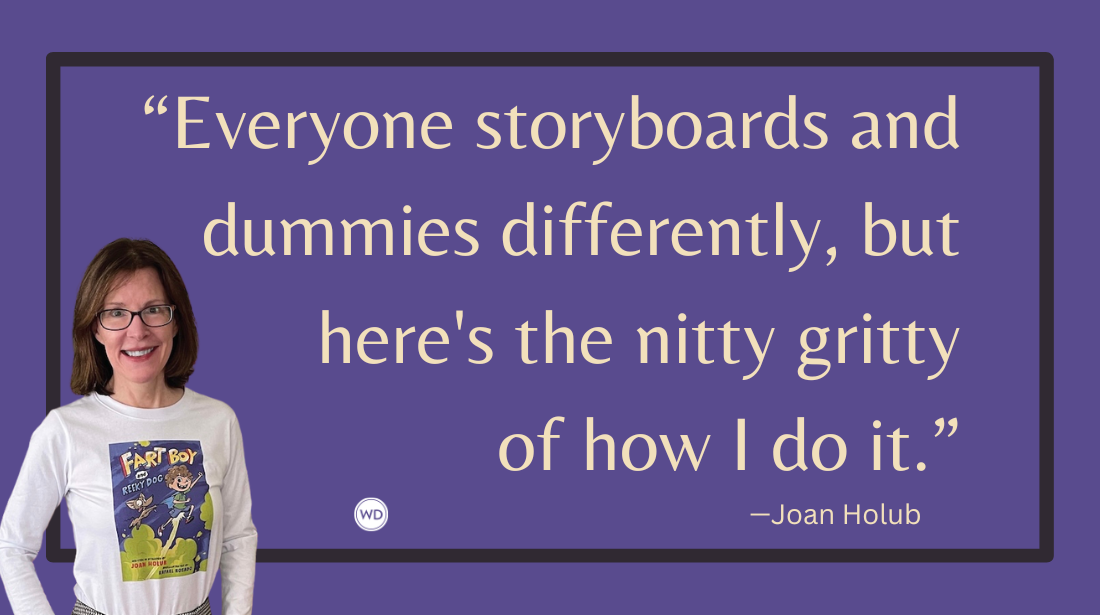3 Reasons Your Characters Should Break the Rules to Do the Right (or Wrong) Thing
Let’s face it: There are times when characters should follow the rules, but there are also times when characters should break them. Debut author Addison Armstrong shares three reasons your characters should break the rules to do the right (or wrong) thing.
In my debut historical fiction novel, The Light of Luna Park, nurse Althea Anderson is confronted with a decision that puts her entire career at risk. A premature infant is born at Bellevue Hospital weighing only two pounds, and the doctors and the baby’s parents opt to let her die.
But Althea doesn’t accept their decision. She smuggles the girl out of the hospital to Coney Island, where an incubator ward serves as both a freak show and a life-saving hospital for premature babies.
Most of the reviews I’ve seen for The Light of Luna Park agree that Althea made the right decision, or at least the understandable one. My fiancé, on the other hand, takes every opportunity to vociferously (and teasingly) remind me that Althea is a kidnapper and a criminal.
I don’t mind. It’s exactly this moral dilemma that makes a character interesting. Here are three reasons to make your characters break the rules, whether their decision is the right one, the wrong one, or somewhere in between.
1. Internal and external conflict practically write themselves
We don’t need bestselling crime novelist William Kent Krueger to remind us that “it’s conflict that drives great stories.” But we do need to remember that there are two types of conflict, external and internal, and that our characters are most compelling when they are faced with both. The good news is that characters who break the rules come ready-made with both internal and external conflict.
The external is obvious: What are the consequences of breaking the rules? Depending on what rules your characters have broken and what genre you write, your characters may end up running from the law, at risk of losing their jobs, forced to keep secrets from those they love, stripped of an honor or award, kicked out of school, or faced with a myriad of other external obstacles. Whether in trying to avoid getting caught or dealing with the fallout of exactly that, characters who break the rules must deal with external repercussions. This has the added benefit of raising the stakes, which is critical to crafting a gripping plot.
But characters who break the rules also grapple with internal conflict. After all, most rules are rules for a reason. Your characters may wonder whether breaking a rule is truly the right course of action, whether they are doing more harm than good, how willing they are to accept the consequences of their actions, and even whether they deserve those consequences. Such worries provide you with the sort of layered internal conflict that perfectly complements the characters’ external obstacles. While they are dealing with their external difficulties, they are also struggling with self-doubt, guilt, shame, or fear.
2. Characters who break the rules ask us what rules may be worth breaking
Earlier, I said rules are rules for a reason. But characters also break rules for a reason. In fact, having them do so can be a great way to shed light on societal problems…and even to prompt readers to consider things in a new light. Take T.J. Klune’s adult fantasy novel, The House in the Cerulean Sea, for example, in which caseworker Linus Baker eventually realizes that the Rules and Regulations handbook he has accepted for so many years is more a tool for controlling magical youth than for helping them.
Though the novel takes place in a magical world, we can see our own world’s rules in the ones that Linus believes he must follow—reporting the “undocumented” magical beings, for example, or evaluating schools based on performance rather than care provided. As Linus learns that some rules deserve to be broken, so might we. Characters who break rules question the world around them rather than accepting it blindly; isn’t this part of why we read, to explore new perspectives and possible realities?
3. Moral grey areas = better book clubs
This is less about writing and more about marketing, but moral gray areas provide endless fodder for book club debates and discussions—not to mention fascinating author events. Take John Grisham’s timeless debut, A Time to Kill, in which legions of readers have spent the last three decades trying to decide whether Carl Lee Hailey, killer of his daughter’s rapists, is a hero or a villain.
The same question could be asked of the eponymous apothecary in Sarah Penner’s more recent bestseller, The Lost Apothecary: Does a woman who sells potions to kill abusive husbands deserve accolades or imprisonment? Characters like this offer up endless questions for discussion that may or may not have clear-cut answers.
Characters should be complex and imperfect. Allowing them to break the rules gives them layered external and internal turmoil, increases stakes, forces readers to confront their beliefs, and provides readers with endless room for discussion and ethical consideration.
Addison Armstrong graduated from Vanderbilt University in 2020 with degrees in Elementary Education and Language and Literacy Studies. She is currently living in Nashville, Tenn., working with students and obtaining her M.A. in Reading Education. The Light of Luna Park is her debut novel.








